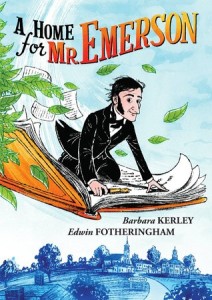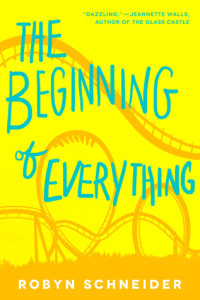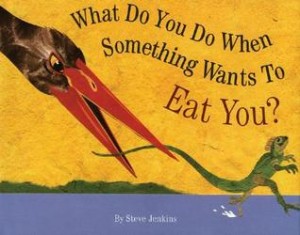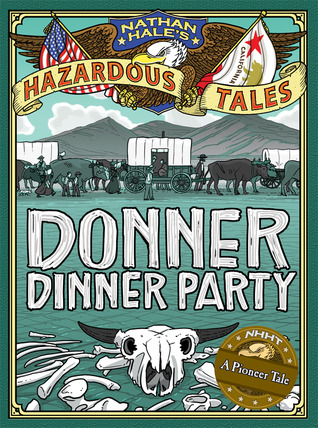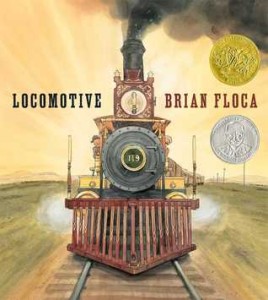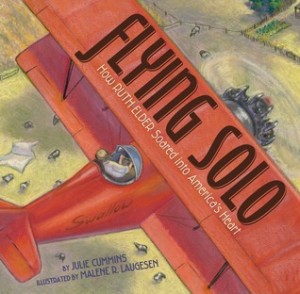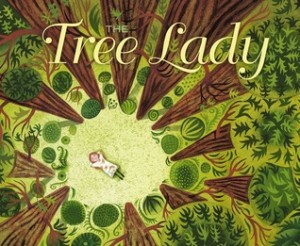Nonfiction Picture Book Wednesday
Nonfiction Picture Book Wednesday is hosted by Kid Lit Frenzy and was started to help promote the reading of nonfiction texts. Most Wednesdays, we will be participating and will review a nonfiction text (though it may not always be a picture book).
Be sure to visit Kid Lit Frenzy and see what other nonfiction books are shared this week!
A Home for Mr. Emerson
Author: Barbara Kerley
Illustrator: Edwin Fotheringham
Published February 25, 2014 by Scholastic Press
Goodreads Summary: From the award-winning creators of Those Rebels, John & Tom, a joyful portrait of an American icon and an inspiring blueprint for how to live your life.
“All life is an experiment.
The more
experiments you make
the better.”
Before Ralph Waldo Emerson was a great writer, he was a city boy who longed for the broad, open fields and deep, still woods of the country, and then a young man who treasured books, ideas, and people. When he grew up and set out in the world, he wondered, could he build a life around these things he loved?
This moving biography–presented with Barbara Kerley and Edwin Fotheringham’s inimitable grace and style–illustrates the rewards of a life well-lived, one built around personal passions: creativity and community, nature and friendship.
May it inspire you to experiment and build the life you dream of living.
My Review: I knew of Emerson’s work, but I didn’t know much about him. This picture book is a perfect introduction into learning about Emerson as a man. And you know what? If this picture paints his personality correctly, he was a wonderful man. He was an intellectual, but also cared about everyone around him. He wanted to listen and learn and be the best neighbor, friend, husband, father, writer, thinker, etc. he could be. Kerley does a great job of showing and sharing with us Emerson’s life.
Also, check out Alyson’s review of this book to see her visit to Mr. Emerson’s home: http://www.kidlitfrenzy.com/kid-lit-frenzy/2014/7/15/nonfiction-picture-book-wednesday-a-home-for-mr-emerson
Teachers’ Tools for Navigation: Since the book is about Emerson, my first thought would be to look at some of Emerson’s work and discuss his life and work including the quotes that are shared throughout the book. Journaling is also a theme throughout the book. Have students start a journal which they think about the world and other thoughts they have throughout the day. Finally, using Barbara Kerley’s website, students could look at how to write a extraordinary biography then pick their own historic person to write about.
However, the author’s afterword gives another suggestion. Use Emerson’s love of life to make your life the best it can be! Have students exam their lives (using the questions in the afterword), and talk about how to live a fulfilling life.
Discussion Questions: (Just some of the questions from the afterword “Build a World of your Own”) Think about your favorite room. What do you like about it?; Design your perfect home. What rooms would you include? etc.; Mr. Emerson created a job out of his love of reading, thinking, and exploring ideas. What kind of job would you enjoy?; List your three favorite community activities. Why do you like them?
We Flagged:

Read This If You Loved: The Extraordinary Mark Twain by Barbara Kerley, The Noisy Paint Box by Barb Rosenstock, The Tree Lady by H. Joseph Hopkins, Marvin Makes Music by Marvin Hamlisch, A Splash of Red by Jen Bryant, On a Beam of Light by Jennifer Berne
Recommended For:

